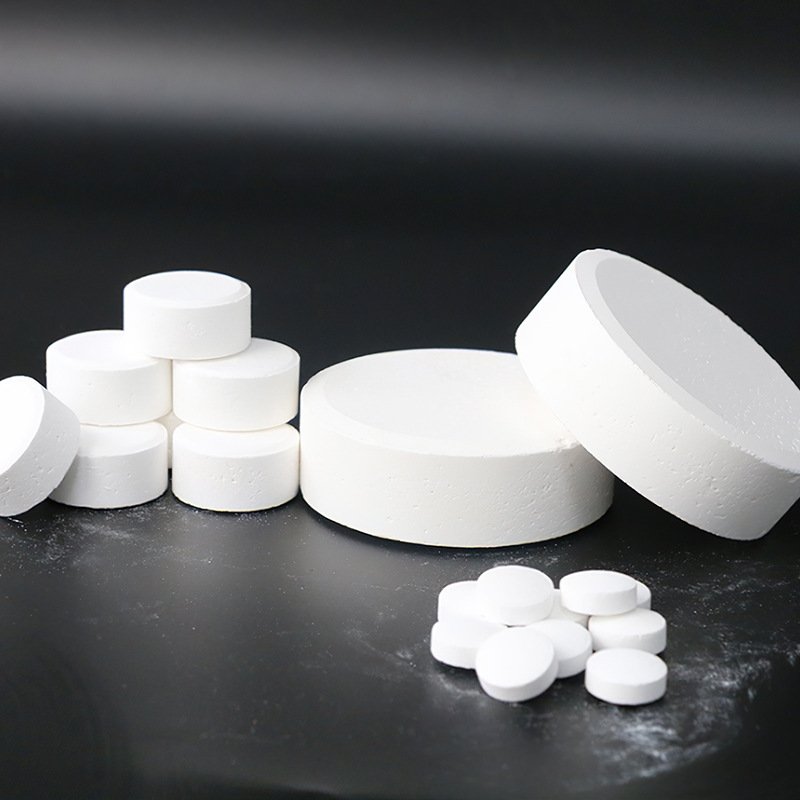Scientists have discovered that the development of solvent-based, crosslinkable non-isocyanate polyurethane (NIPU) coatings in non-toxic solvents such as diethylene glycol diethyl ether means that the resulting coatings have improved water resistance.
Non-isocyanate polyurethanes (NIPUs) are considered as safer alternatives to toxic isocyanate-based polyurethanes (PUs). However, NIPU coatings are generally known for their poor water resistance due to the presence of pendant hydroxyl groups in the structure unlike traditional PUs. Researchers developed solvent-borne crosslinkable NIPU coating formulations in a non-toxic solvent, diethylene glycol diethyl ether, and their coatings properties were evaluated.
The crosslinking chemistry involved acid catalyzed transetherification of a commercially available crosslinking agent hexa(methoxymethyl) melamine (HMMM) with the NIPU hydroxyl groups. The crosslinked NIPU coatings showed good thermal stability (up to 245 °C), high pencil hardness (up to 3H), strong adhesion to metal substrates (adhesive strength up to 9.04 MPa), high resistance to water and good salt-water corrosion resistance. The formulations were also applied successfully for dip coating of copper specimens with complex and hard to reach surfaces. Finally, pigmented solvent-borne coating formulations were also demonstrated. All these results highlight the potential of NIPU resins for the application in industrial coatings substituting traditional petroleum-based polyol resins used currently.
The study has been published in Progress in Organic Coatings, Volume 186, January 2024.
Reading tip: protective coatings
The EC Tech Report Waterborne Protective Coatings gives you an extensive up-to-date bundle on protective coatings, focusing on water-borne solutions, with articles, videos and other content handpicked by the European Coatings Team. In addition to cutting-edge technical articles, the Tech Report is rounded off with valuable market insights and key fundamentals on water-borne protective coatings.
